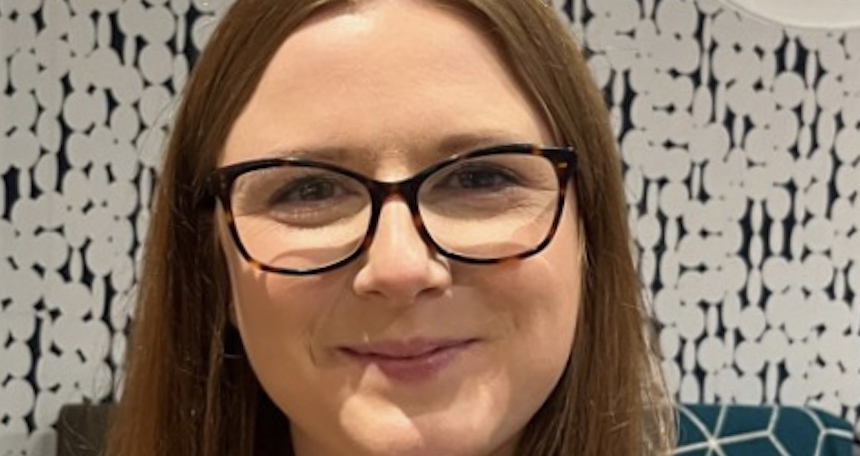
In 2024, Smart Money People and Newcastle for Intermediaries carried out the first study focusing on how mortgage brokers handle vulnerable customers. The results show brokers are aware of vulnerability, but disclosure to lenders is inconsistent. Usually this is down to unclear processes or concerns that reporting a vulnerability might affect the application.
Our latest 2025 study builds on this by including lenders’ perspectives. This gives a fuller picture of what happens in practice, how confident people feel in spotting and responding to vulnerability, where the process breaks down, and what practical support could make a difference.
We received nearly 600 responses from brokers and lenders across sales, underwriting, compliance, and operations, which helped identify key trends and challenges.
What we found
One of the most striking findings is that vulnerability is common in advice, but disclosure is rare in underwriting. Over 80% of brokers say they regularly work with vulnerable clients, yet more than half of lenders reported receiving no disclosures in the past year. This shows that many disclosures never reach the people who can act on them.
While some progress has been made, it’s inconsistent. Just over half of brokers feel the industry has improved in supporting vulnerable clients. More brokers are disclosing cases than in 2024, but nearly a third still disclose none.
Brokers and lenders also perceive the barriers differently. Brokers often point to process issues, such as unclear routes, inconsistent systems and informal ways of recording information. Meanwhile, lenders tend to focus on customer factors, such as clients being reluctant to disclose vulnerability out of fear that it could affect their application. These challenges need to be addressed for disclosure to become a routine part of the mortgage journey.
Building trust
Trust is key to improving disclosure. Brokers and clients need reassurance that reporting a vulnerability will not harm the application. Lenders need to make non-discrimination pledges clear, and also give assurance that disclosures won’t disappear into a black box. Acknowledging receipt, explaining next steps, and providing feedback where appropriate allows brokers to advise clients with confidence and reinforces that disclosure leads to meaningful action.
Training remains important, but should be targeted. Brokers and support teams need practical guidance on how to log and route disclosures, while underwriters and compliance teams need clarity on when and how to act. This ensures that confidence is backed by capability and consistency.
What good looks like
Looking forward, good practice should be simple and transparent. Vulnerability prompts should be embedded in the mortgage process, the route for recording and retrieving information clear to everyone, and a shared language making disclosures consistent across the industry.
For brokers, a practical first step is to integrate a short checklist into the fact find and agree internally when and how disclosures will be made. For lenders, reviewing the broker portal to ensure brokers can find the disclosure route quickly and understand what happens next is essential.
Right now, the good news is that our research shows that the knowledge and willingness to support vulnerable clients already exists. What’s needed now is the right infrastructure. With simple prompts, clear pathways, and visible feedback, disclosure can become normal, not exceptional, and lead to better outcomes for vulnerable customers.
